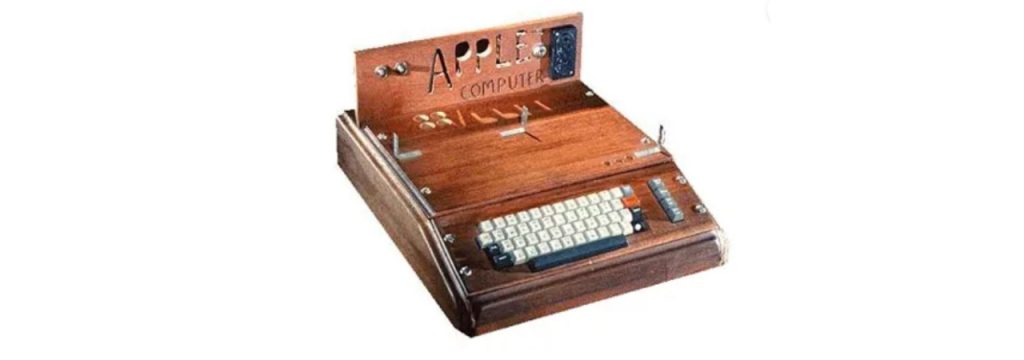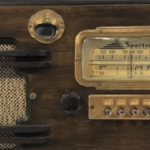
Apple Computer made an astounding leap forward over the first few years of its existence. [A] The company was founded on April 1, 1976 by 21-year-old Steven Jobs – a visionary with an amazing grasp of the potential for personal computers in the marketplace – and 26-year-old Stephen Wozniak – a brilliant technical product designer. [B] Their initial idea was to assemble computers for friends and associates in the limited arena of personal computer hobbyists, though this goal soon changed to one of making computer technology more widely available to nontechnical consumers. [C] They realized that most consumers at the time thought of computers as playthings for hobbyists and as too expensive and too complex for general use rather than machines with wide-ranging potential for business and personal use. [D]
Jobs and Wozniak first began working together at the Home Brew Computer Club, an informal organization in Palo Alto, California, for young computer hobbyists. [A] Together, Jobs and Wozniak raised $1,300 to start a company by selling Jobs' Volkswagen and Wozniak's scientific calculator. [B] The name Apple was selected because it represented a nontechnical, nonthreatening, and natural type of product, one that would not be off-putting to their intended market. [C] They designed their first machine in a bedroom in Jobs' parents' home and built the first working model in the garage of his parents' home. [D]
[A] Their first model, which was sold without a monitor, a keyboard, and a casing, sold for $666. [B] It was the first single-board computer with a built-in video interface and with on-board read-only memory (ROM). [C] Orders for this machine, the Apple I, which were mostly from computer hobbyists because the Apple I required the user to have a fair amount of technical knowledge (i.e., to wire and solder a keyboard and monitor), quickly reached the unbelievably high level of 600. [D]
To improve this model, Wozniak and Jobs created the Apple II, the first fully assembled and programmable personal computer. This model featured a fully encased computer, with a keyboard, a color monitor, and expansion capability for peripheral devices. Demand for this new version of the Apple quickly soared and inspired numerous other companies to create ad-on devices and software programs that could be used in conjunction with it.
[A] In order to meet the increasing demand for the product, Jobs and Wozniak decided to expand their company. [B] Mike Makkula, who was named chairman of the company in May 1979, secured a financial base for the company by investing some of his own money, securing a line of credit from the Bank of America, and raising more than a half million dollars from venture capitalists. [C] The company's strategic plan was to attract outstanding personnel, to maintain a corporate culture that was conducive to innovation, to invest heavily in research and development to maintain technical leadership, to expand their market for initial computer purchases beyond computer hobbyists to new computer users, and to place an emphasis on the development and marketing of peripheral products to supplement initial computer purchases. [D]
Apple continued to expand rapidly over a few short years, and by 1980 the company had sold more than 130,000 computers. [A] Revenues, which had been nonexistent in 1976, grew to $8 million in 1978 and escalated exponentially to $117 million in 1980. [B] The company made a public offering of its stock in 1980 with one of the largest stock offerings in history. [C] At the end of the first day of public trading of Apple stock, the company, which had been in existence for only four short years, had a market value of $1.2 billion. [D]





